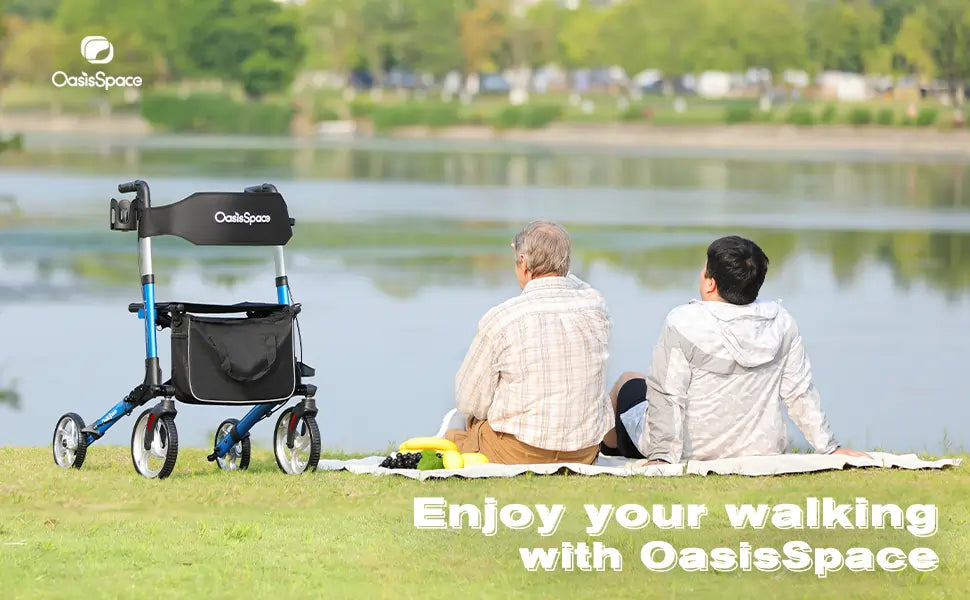
Proper Posture When Using a Walker
We've all heard the saying, "Stand tall and walk straight!" But when using a walker, it's not just a matter of pride, it's about your health and safety. Improper posture when using a walker can lead to unnecessary strain, pain, and even injury.
But fret not, in this comprehensive guide, we're going to dive deep into the world of proper posture when using a walker.
Understanding the Basics of Proper Posture
So, what does proper posture when using a walker actually look like? Here's a step-by-step guide.
1. Stand Tall
First and foremost, stand up straight. Imagine a string pulling you up from the top of your head, lengthening your spine. Your shoulders should be relaxed and your chest open. Avoid hunching over or leaning too far back.
2. Position Your Hands Correctly
Place your hands on the grips of the walker, with your arms slightly bent at the elbow. Your wrists should be at the same level as the handles when you're standing upright.
3. Keep Your Walker Close
Your walker should be close enough that you can reach it without stretching, but not so close that it's bumping into your feet. A good rule of thumb is to keep it about one step ahead of you.
4. Regularly Check Your Posture
It's easy to slip into bad habits without realizing. Regularly check your posture to ensure you're not slouching or leaning too far forward. You can do this by looking in a mirror or asking someone else to observe you.
5. Adjust Your Walker
If your walker is too high or too low, it can force you into an uncomfortable and potentially harmful position. Make sure your walker is adjusted to the correct height for you.
6. Take Regular Breaks
If you're walking for a long time, it can be tiring and you may start to slouch. Take regular breaks to rest and reset and ensure you're maintaining good posture.
7. Strengthen Your Core
A strong core is essential for good posture. Incorporate some core-strengthening exercises into your routine to help support your spine and maintain proper alignment.
8. Practice Balance Exercises
Regularly performing balance exercises can significantly improve your strength, increase your stability, and reduce your risk of falls. Here are five safe and effective exercises you can do at home with your walker.
Proper Posture When Using Different Types of Walkers
Different walker designs cater to varying levels of mobility, balance, and strength. Therefore, the method of usage and the posture maintained will differ accordingly. Let's have a look at some of the most commonly used types of walkers and how to use them correctly.
Proper Posture When Using Standard Walkers
Standard walkers provide a high level of stability and are particularly beneficial for individuals with significant balance issues or those who need to bear weight on the walker. To use a standard walker correctly, follow these steps:
-
Stand up straight inside the frame of the walker. Avoid hunching over or leaning on the walker.
-
Grasp the handles of the walker firmly. Keep your elbows slightly bent.
-
Lift the walker and place it a short distance ahead of you. Make sure all four legs of the walker are stable and flat on the ground.
-
Step forward with your weaker or injured leg first, followed by the stronger leg. Step into the walker, not up to it.
-
Repeat the process. Remember, the walker moves first, then the weaker leg, and finally the stronger leg.
Proper Posture When Using Front-wheeled Walkers
Front-wheeled walkers, also known as two-wheeled walkers, are similar to standard walkers but have wheels on the front two legs. This design makes the walker easier to maneuver, but it also provides slightly less stability.
-
Stand inside the frame of the walker with your back straight.
-
Hold the handles, keeping your arms relaxed and your elbows slightly bent.
-
Push the walker slightly ahead of you, ensuring the wheels are stable on the ground before proceeding.
-
Step forward with your weaker or injured leg first, followed by the stronger leg.
Proper Posture When Using Three-wheel Walkers
Three-wheel walkers, or triangle walkers, are lighter and more maneuverable than standard or front-wheeled walkers. They are best for people who need minor balance support.
-
Stand upright inside the frame of the walker.
-
Grasp the handles with your elbows slightly bent.
-
Push the walker forward a small distance.
-
Step forward, beginning with your weaker or injured leg, followed by the stronger leg.
Proper Posture When Using Rollator Walkers
Rollators, or four-wheeled walkers, come equipped with a seat, brakes, and often a basket. They are best for people who need balance support but also need to rest frequently.
-
Stand inside the frame of the rollator, with your back straight.
-
Grasp the handles, ensuring your hands are on the brakes when you're not moving.
-
Release the brakes and push the rollator a short distance ahead.
-
Step forward, starting with your weaker or injured leg, followed by the stronger leg.
Proper Posture When Using Upright Walkers
Upright walkers are designed to allow users to walk in a more natural, upright position, which can help reduce back, shoulder, and neck pain.
-
Stand upright inside the walker frame. The design should allow you to look ahead comfortably without bending over.
-
Grasp the handles, which should be at a comfortable height that doesn't require you to hunch over.
-
Push the walker forward slightly.
-
Step forward, leading with your weaker or injured leg, followed by the stronger leg.
Remember, no matter the type of walker, always have your doctor or physical therapist instruct you on its correct use to ensure safety and effectiveness.
Conclusion
Proper posture when using a walker is crucial for your safety, comfort, and overall well-being. It may seem like a minor detail, but it can make a significant difference in your day-to-day life.
When you stand tall, you not only move more efficiently, but you also feel more confident. So, keep your chin up and your shoulders relaxed. Adjust your walker to the right height, stay mindful of your posture, and incorporate appropriate exercises into your routine.
You May Also Like
Comprehensive & Must-know Walker Guide
Recommend Products
-
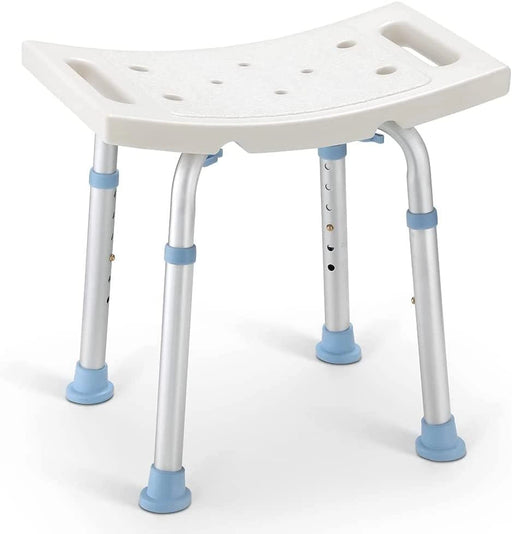 Sale
Sale
Standard - 300LBS Capacity Shower Stool
Original price $51.99From Original price $28.99Original price $51.99Current price $28.99From $28.99Current price $28.99OasisSpace Medical Square Shower Stool for Bathtub OasisSpace Square Shower Stool for Bathtub is approved as the highest standard(FDA) for medical...
View full detailsSaleOriginal price $51.99From Original price $28.99Original price $51.99Current price $28.99From $28.99Current price $28.99 -
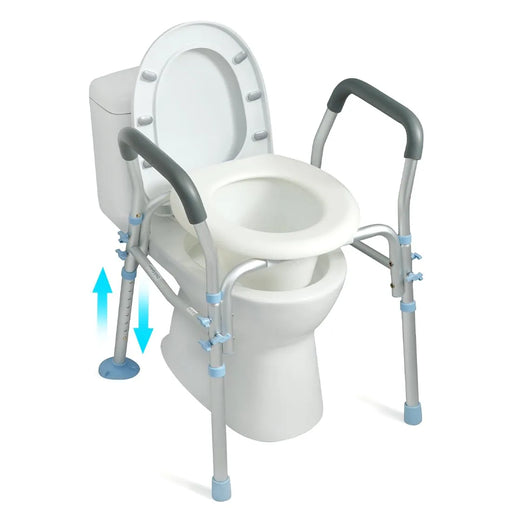 Sale
Sale
300LBS Capacity Raised Toilet Seat with Arms
Original price $120.99From Original price $69.99Original price $120.99Current price $69.99From $69.99Current price $69.99OasisSpace Raised Toilet Seat with Arms - Safe and Convenient OasisSpace Raised Toilet Seat with Arms provides stable support for users to sit dow...
View full detailsSaleOriginal price $120.99From Original price $69.99Original price $120.99Current price $69.99From $69.99Current price $69.99 -
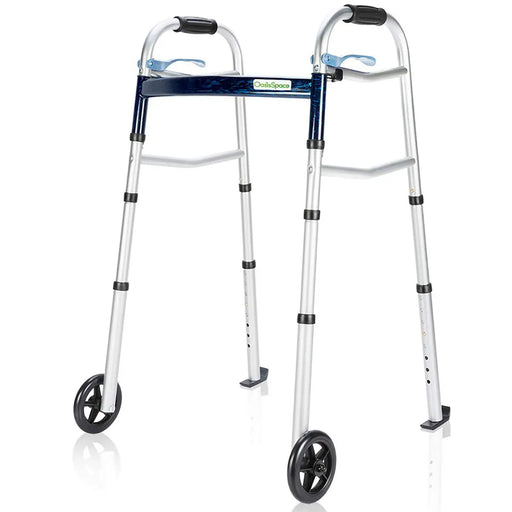
350LBS Capacity 2 Wheel Walker
From Original price $39.99Original price$39.99From $39.99Current price $39.99Product Advantages OasisSpace's 350LBS Capacity walker offers a fusion of lightweight design and sturdy support, crafted from high-grade anodized ...
View full detailsFrom Original price $39.99Original price$39.99From $39.99Current price $39.99 -
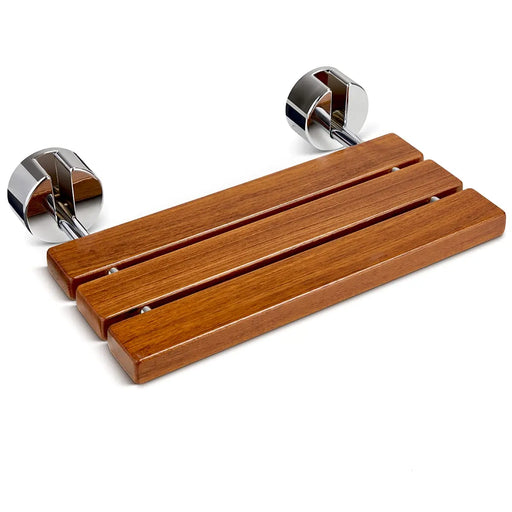
Wall Mounted - 400LBS Capacity Teak Folding Shower Seat
From Original price $131.99Original price$131.99From $131.99Current price $131.99Advantages OasisSpace Teak Wall-Mounted Shower Seat adopts a folding design, which can save space to the greatest extent and can be folded up at a...
View full detailsFrom Original price $131.99Original price$131.99From $131.99Current price $131.99 -
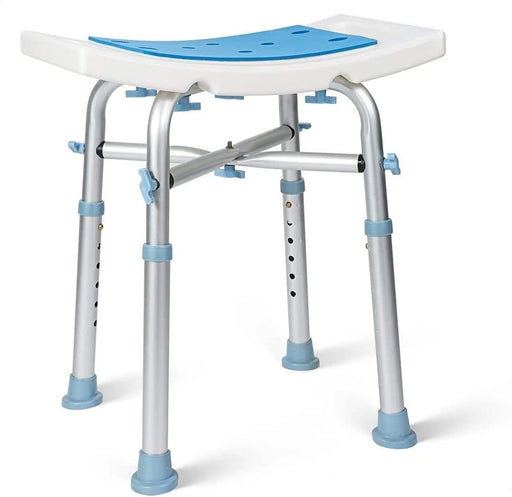 Sale
Sale
Padded & Bariatric - 500LBS Capacity Heavy Duty Shower Stool
Original price $57.99From Original price $36.99Original price $57.99Current price $36.99From $36.99Current price $36.99OasisSpace Medical Heavy Duty Bariatric Shower Stool OasisSpace Medical Heavy Duty Bariatric Shower Stool is approved by the FDA, which is the hig...
View full detailsSaleOriginal price $57.99From Original price $36.99Original price $57.99Current price $36.99From $36.99Current price $36.99 -
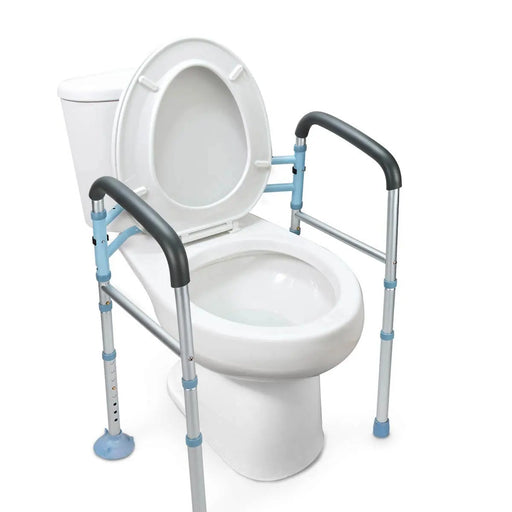 Sale
Sale
300LBS Capacity Stand Alone Toilet Safety Rail
Original price $69.99From Original price $44.99Original price $69.99Current price $44.99From $44.99Current price $44.99OasisSpace Toilet Safety Rails - Fit Any Toilet OaisSpace stand-alone toilet safety rails provide sturdy support for the elderly and people with ...
View full detailsSaleOriginal price $69.99From Original price $44.99Original price $69.99Current price $44.99From $44.99Current price $44.99







